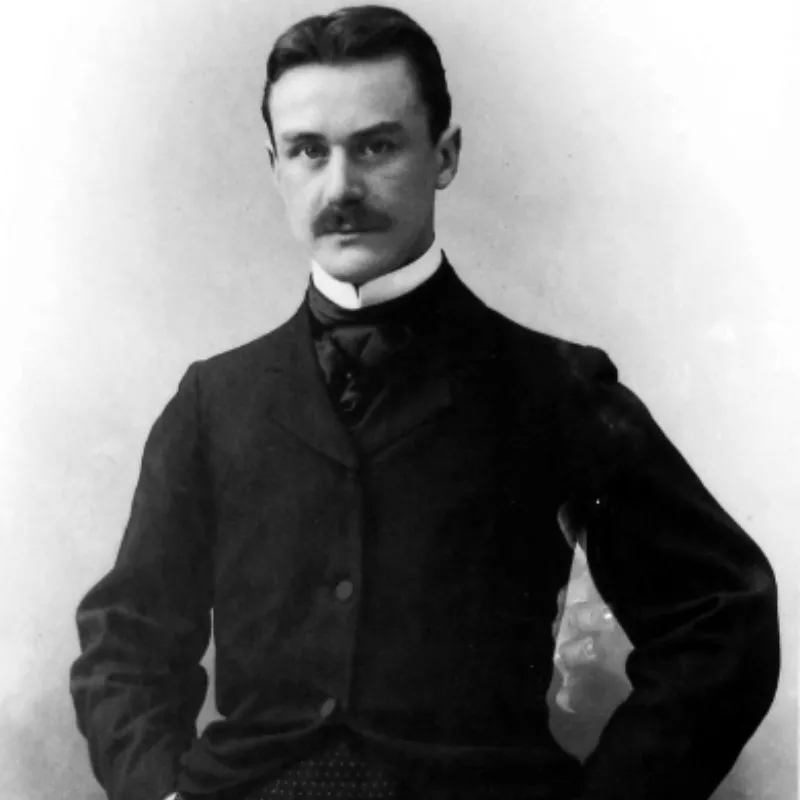Famous Organists
Sound and style-defining for Lübeck
The position of organist at St Marien has existed since 1377 at the latest. As a cosmopolitan city, Lübeck also had a fantastic reputation for cultural life and church music.
And so some of the most important musicians of their time came to St Marien.
Organists at St Marien
Creating a rich culture
The importance of church music at St. Marien has extended far beyond Lübeck for centuries and plays a prominent role at St. Marien. The names of St Marien's organists, who are still remembered today as outstanding church musicians, are testament to this.
The first source of music at St Marien dates back to 1377 and mentions an organist. Choral singing is attested since 1462.
A chronology
(the numbers in brackets refer to the work at St Mary's)
Rotgerus (around 1377)
Jürgen Olde(n) (around 1465)
Cord van Ymen (around 1478)
Bartold Hering (around 1555)
David Aebel (Ebel) (1555–1572)
Heinrich Rol(l)ecke (1572–1578)
Hinrich Marcus (1578/79–1611)
Hermann Aebel (Ebel) (1611–1616)
Petrus Hasse (1616–1640)
Johannes Schleet (1640–1641)
Franz Tunder (1641–1667)
Dieterich Buxtehude (1668–1707)
Johann Christian Schieferdecker (1707–1732)
Johann Paul Kunzen (1733–1757)
Adolph Carl Kunzen (1757–1781)
Johann Wilhelm Cornelius von Königslöw (1781–1832/33)
Gottfried Herrmann (1832–1845)
Hermann Jimmerthal (1845–1886)
Karl Lichtwark (1886–1929)
Walter Kraft (1929–1972)
Ernst-Erich Stender (1973–2009)
Johannes Unger (since 2009)

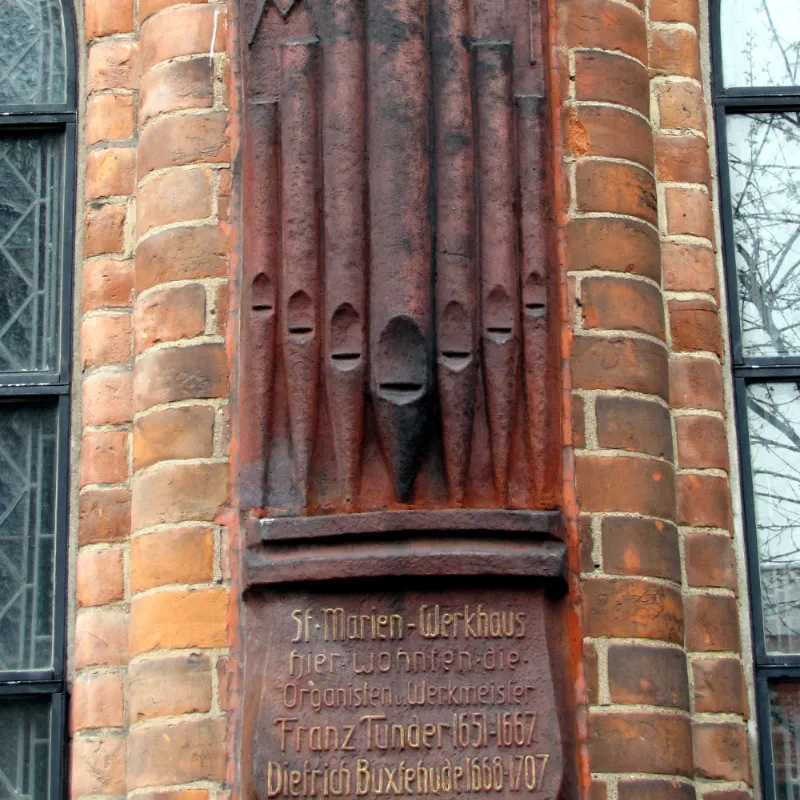
Franz Tunder
Founder of the Lübecker Evening Music ("Abendmusiken")
Franz Tunder (1614-1667) was born in Burg auf Fehmarn and became organist of the Gottorf court chapel at the age of 18. In 1641 he was appointed organist at St Marien and later also became its foreman (bookkeeper and accountant).
It is highly likely that the "Lübeck Evening Music" can be traced back to him. His few surviving organ and vocal works show him to be an important composer.
Hermann Jimmerthal
Pupil of Mendelssohn-Bartholdy
Hermann Jimmerthal (1809-1886) studied the organ with Felix Mendelssohn-Bartholdy, among others. He made a name for himself in music history by reviving the cantatas and organ music of Bach (from 1836) and Buxtehude (1877).
In his organ concerts, Jimmerthal sometimes played his own arrangements of symphonic works by Haydn, Mozart and Beethoven. Jimmerthal went down in literary history as the character of organist Edmund Pfühl in Thomas Mann's novel "Buddenbrooks".
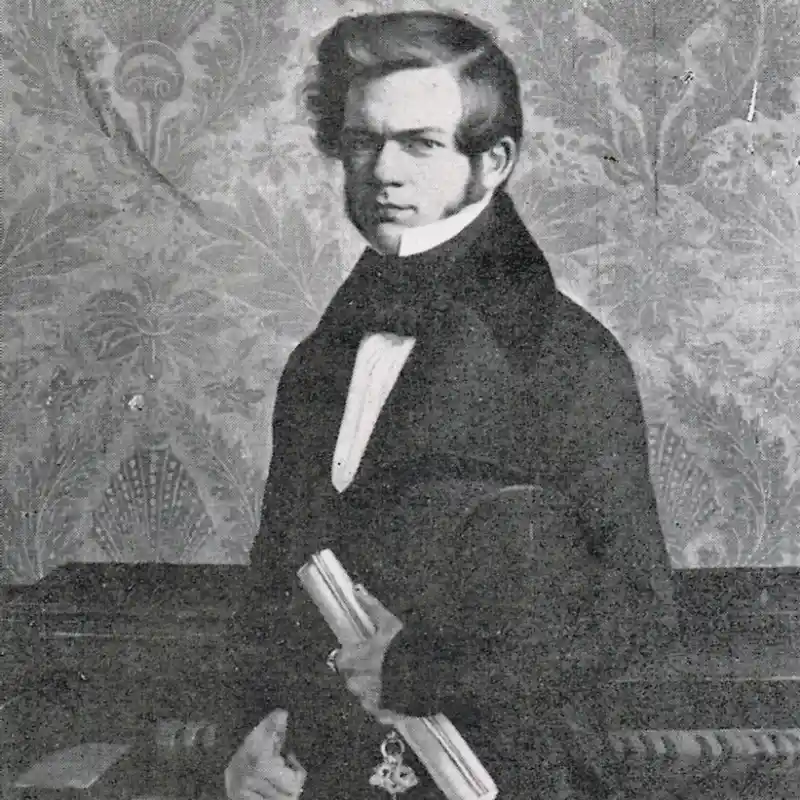
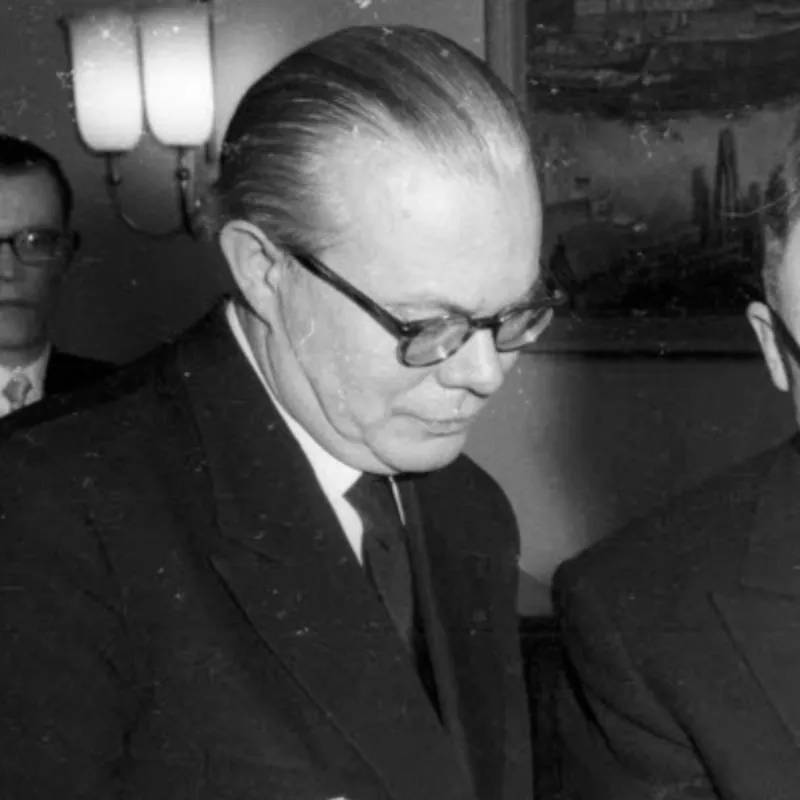
Walter Kraft
The Lübeck Dance of Death in music
Walter Kraft (1905-1977) was St Marien's organist from 1929 to 1972. He was particularly committed to the revival of early music. He was an important concert organist and teacher.
His numerous compositions combine early music with modern sounds. The "Lübeck Dance of Death" for soloists, choir and instruments is his best-known work.
Ernst-Erich Stender
Travelling the world through music
Ernst-Erich Stender (born 1944) was elected St Marien's organist in 1972 and appointed professor of organ playing at the Lübeck University of Music in 1989. Every year he has organised large organ cycles on the two organs of St Marien.
Concert tours have taken him to many countries around the world. Numerous CD recordings with works by Buxtehude (complete recording), Bach, Reger, Liszt, Bruckner, Beethoven and others as well as improvisations document his versatility.
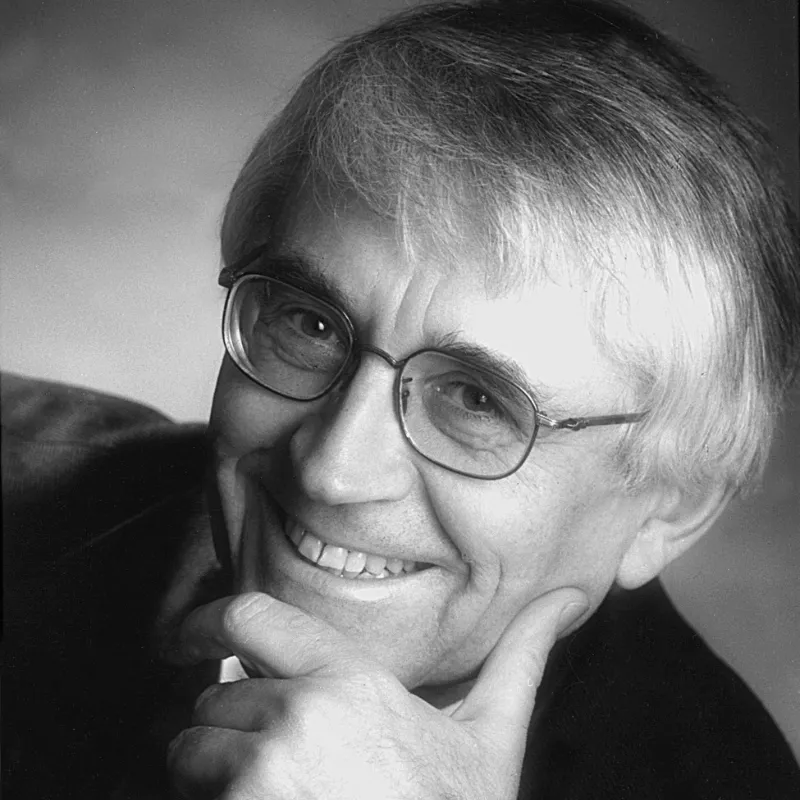
...because it is the music...
Sometimes, on Sundays, little Buddenbrook was also allowed to attend the service in St Mary's Church upstairs at the organ, and that was different from sitting downstairs with the other people in the nave. High above the congregation, even higher than Pastor Pringsheim in his pulpit, the two of them sat amidst the roar of the enormous masses of sound that they unleashed and controlled together, because Hanno was sometimes allowed to help his teacher handle the stops with blissful zeal and pride.
Thomas Mann
Excerpt from "Buddenbrooks"/translated by AI
excerpt from:
Thomas Mann
Buddenbrooks. Verfall einer Familie
Romane und Erzählungen / Band 1
Aufbau Verlag Berlin 1974
